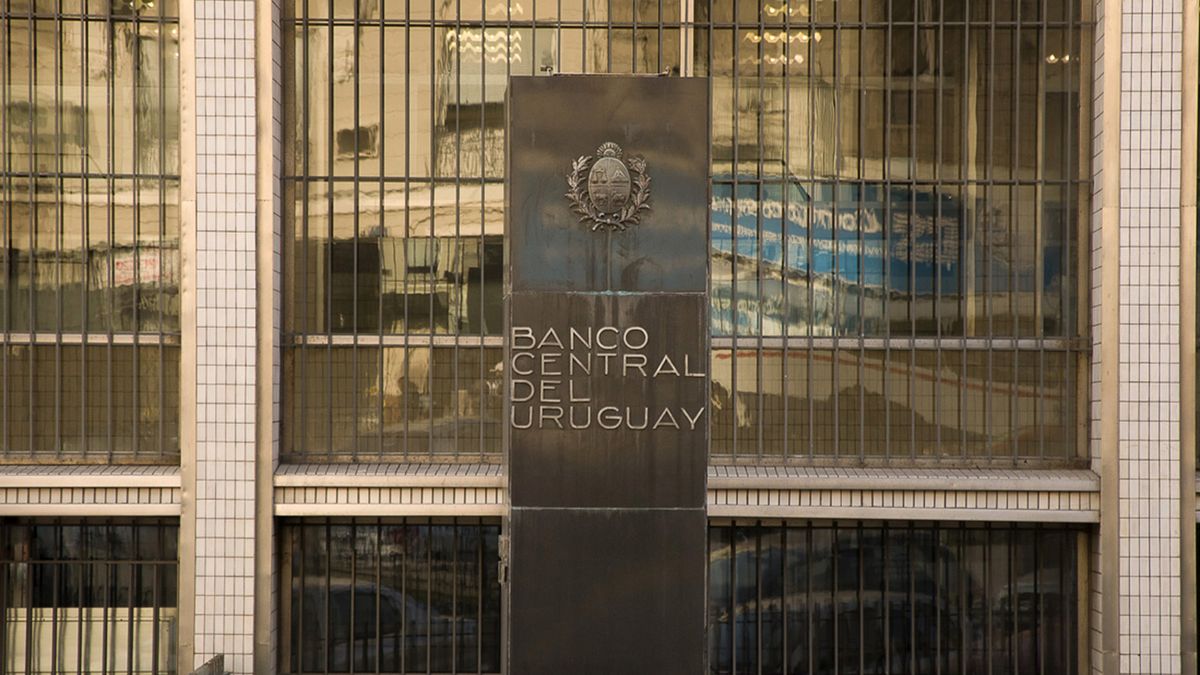He Central Bank of Uruguay (BCU) reported in its Annual Report its actions within the national and foreign economic situation in which it was immersed during the past year. The state body disclosed the amount of assets and the cost effectiveness who had the portfolios he managed.
According to the yearbook, at the end of December the BCU managed some $15.12 billion as reserve assets. In the breakdown, 7,284 million dollars belonged to the BCU; 6,989 million dollars to private banks; and 847 million dollars to the public sector.
The BCU maintains four big portfolios of specific requirements and tasks. These are divided into a Fund Liquidity (in US dollars and positions in other currencies); Precautionary Fund (in dollars); Investment Fund (in dollars); and Special Fund (in Chinese yuan and dollars).
In turn, the Central has 3 subportfolios of the Special Fund externally managed. These are the Corporate Bonds External Administrators Fund and the ESG External Administrators Fund, managed by the Bank for International Settlements (BPI), and the MBS External Administrators Fund (MBS-Mortgage Backed Securities), managed by the world Bank (BM).
What profitability did the portfolios of the Central Bank of Uruguay have?
Regarding returns, the Liquidity Fund in dollars had a return of 1.64%, however, the Liquidity Fund in other currencies obtained a negative return of 5.82%. Likewise, the Precautionary Fund had a yield of 0.67%, while the Investment Fund suffered a negative return of 5.23%.
On the other hand, the Special Fund in dollars had a return of 0.67%, and the Special Fund in yuan returned negatively 4.89%the External Administrator MBS 11.83% negative, the External Administrator Corporate Bonds a negative return of 5.45%, and the External Administrator ESG another negative of 9.72%.
Source: Ambito




